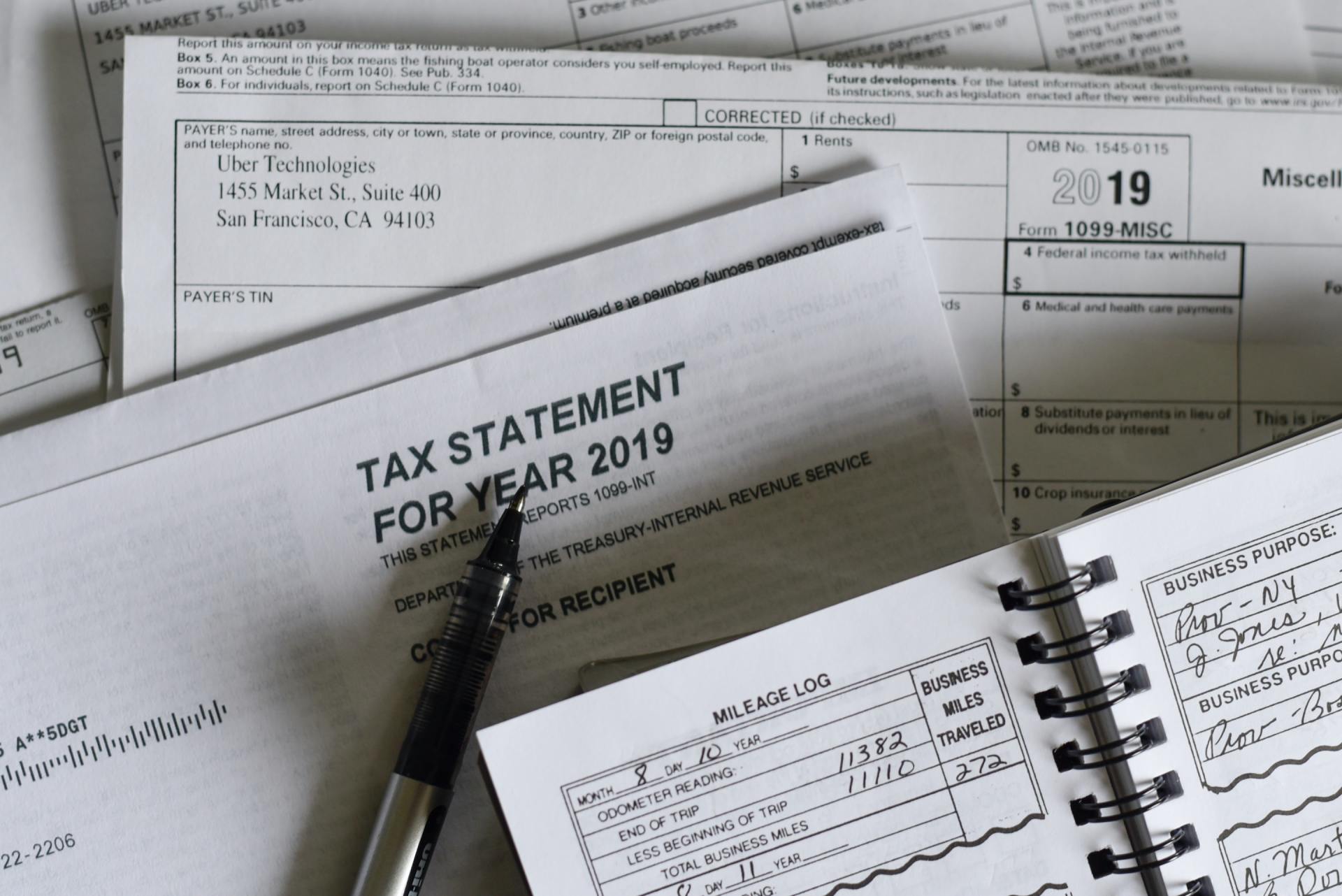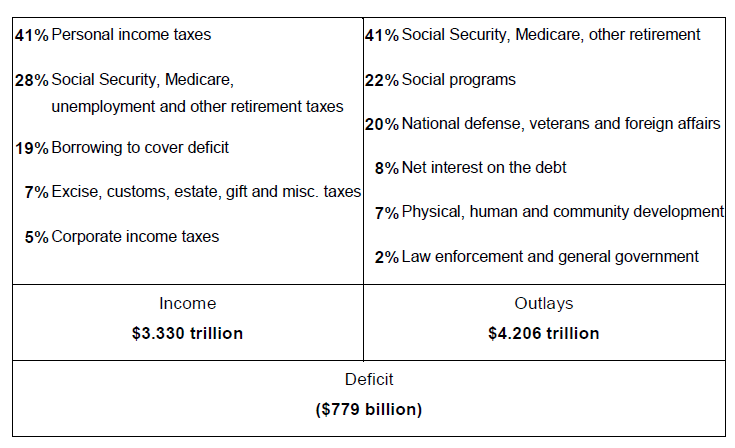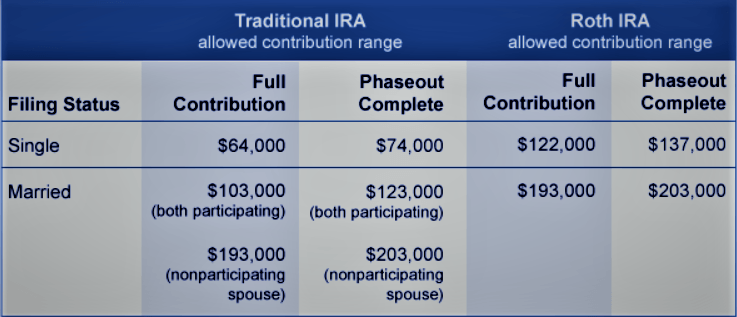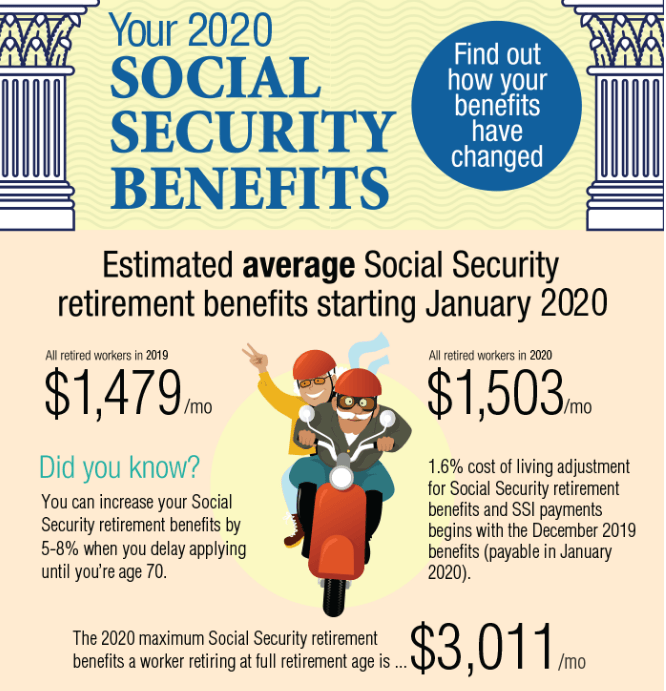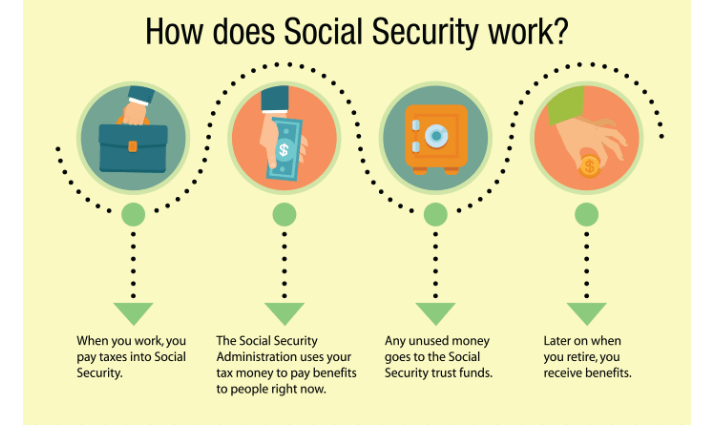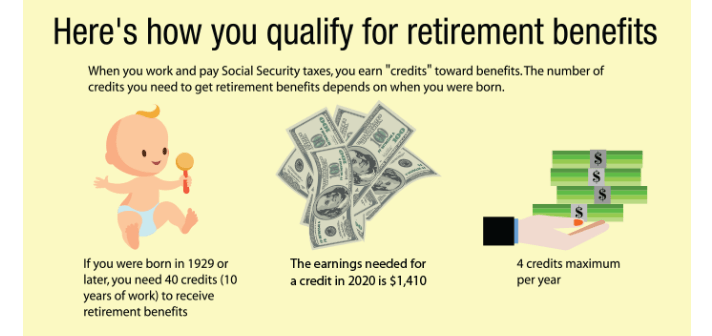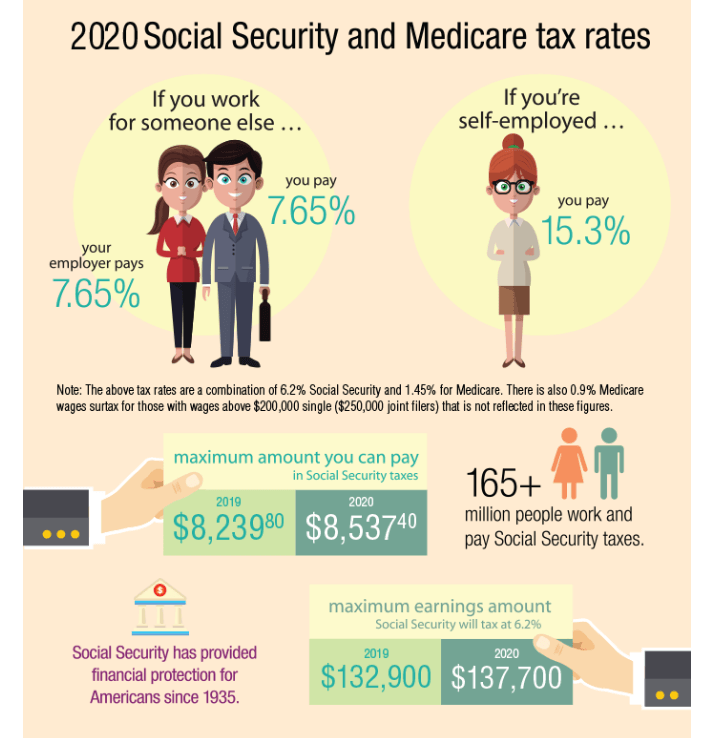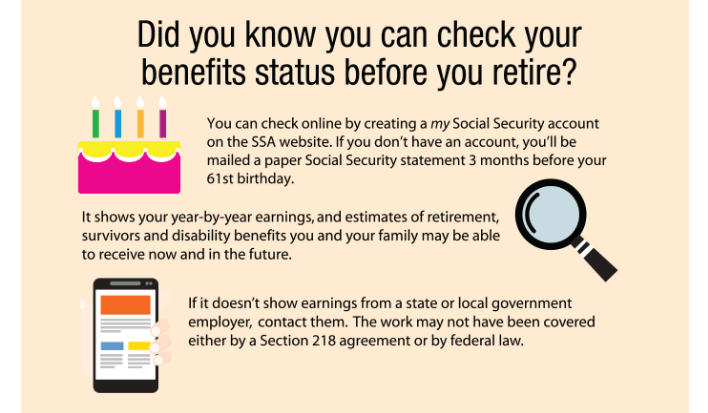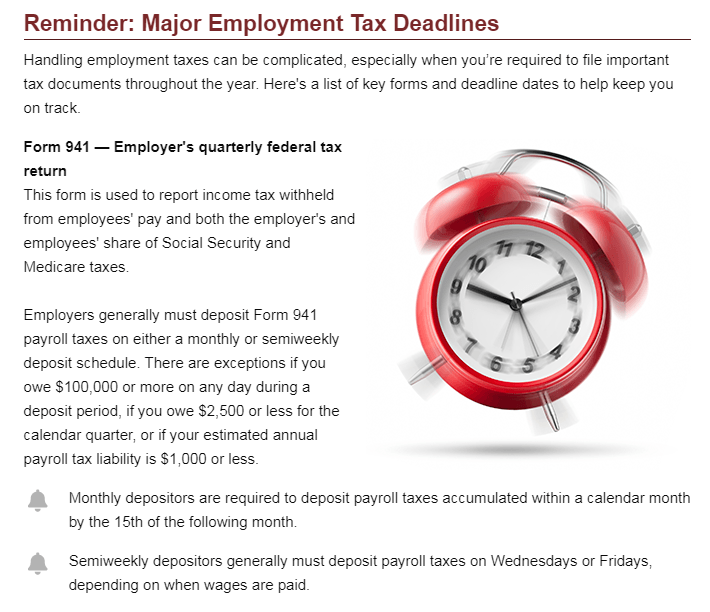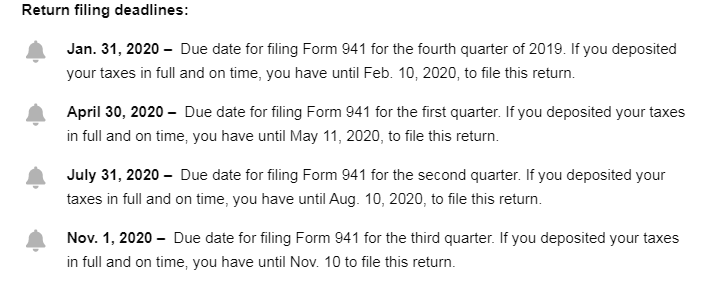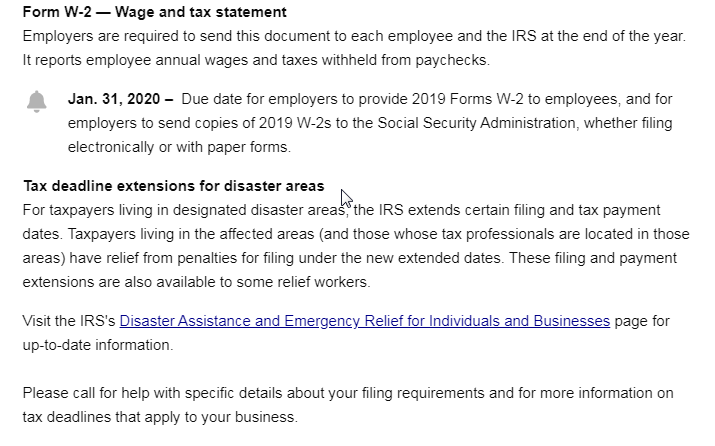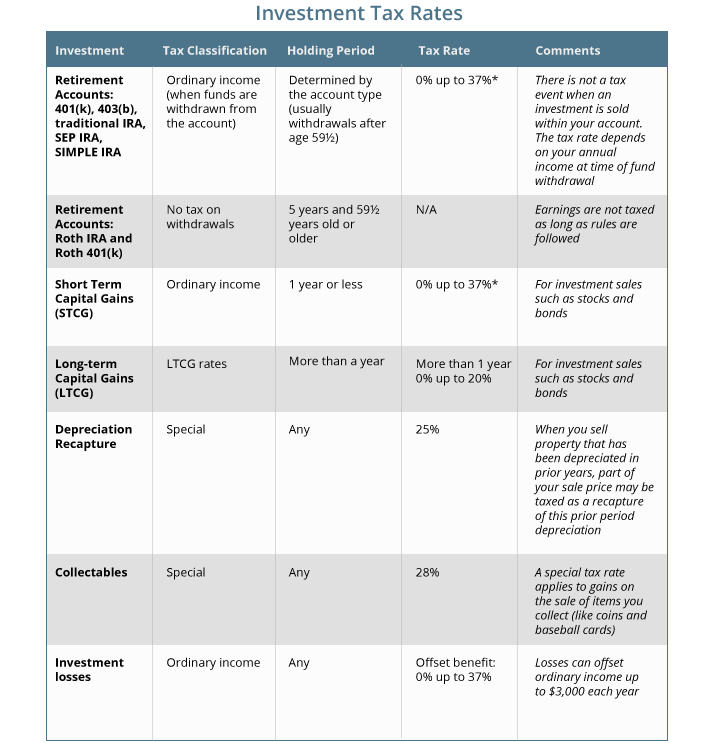Your bookkeeping system is the financial heart and lifeblood of your business. When set up and operating properly, your books help you make smart decisions and seamlessly turn your financial data into useful information. Here are four key characteristics to build and maintain a healthy bookkeeping system:
1. Select the proper accounting method
There are two different methods for recording transactions: cash-basis and accrual-basis. In general, cash-basis records a transaction when payment is made where accrual-basis books the transaction upon delivery of the good or service. Cash-basis is easier to track and a useful option for smaller businesses and sole-proprietors. Where as larger businesses who buy from vendors on account (accounts payable) generally use accrual-basis accounting.
Selecting the proper method affects any related financial transactions and how your financial statements are displayed. A correct approach will also include consideration of outside factors, including: IRS rules (businesses with more than $25 million in gross receipts must use accrual-basis), bank covenants, and industry standards. Once a choice is made, it can be changed but it must be properly reported to the IRS.
2. Create an account structure that fits the company
Every business has a chart of accounts included in their bookkeeping system. These accounts sort the business's transaction data into six meaningful groups. They are assets, liabilities, equity, income, cost of goods sold and other expenses. Each group will often have numerous accounts and sub-accounts associated with them.
Having the right mix of accounts created and grouped in an organized fashion will help you properly classify transactions and prepare usable financial statements. The proper account structure for your company will mesh with your specific information needs.
3. Enter accurate and timely transactions
The value your data provides is dependent on each transaction being recorded correctly and on time. Entering transactions in the wrong account can cause major issues down the road. Financial reporting that is delayed can hide problems that need immediate attention. Some transactions are relatively straightforward, and some are more complex (like payroll, accruals and deferrals).
It's important to have someone who understands both your business and the accounting rules enter your transactions in a timely fashion. In addition, a good month-end close process that involves reviewing each account, will find mistakes from the initial entries.
4. Establish financial statements for decision-making
The main financial statements are the income statement (income - expenses = gross profit), the balance sheet (assets = liabilities + equity) and statement of cash flow. Each statement has a specific purpose:
a. Income statement. The income statement shows company performance for a select period of time; typically monthly with a full year summary. At the end of each year the income statement restarts.
b. Balance sheet. The balance sheet displays a company's overall health as of a certain date. It is perpetual. This means it doesn't end until the business is closed or sold. It includes one line that summarizes the current year and prior year results from the income statement.
c. Statement of cash flow. This statement summarizes the inflow and outflow of cash. It ensures you know whether you have enough cash and the pattern of your cash position over time.
If properly executed, your bookkeeping system will turn out accurate financial statements that can be used for several tasks - financial reporting, budgeting, forecasting, raising capital, applying for a loan, tax reporting and decision making. Feel free to call with any questions or to discuss bookkeeping solutions for your business.


